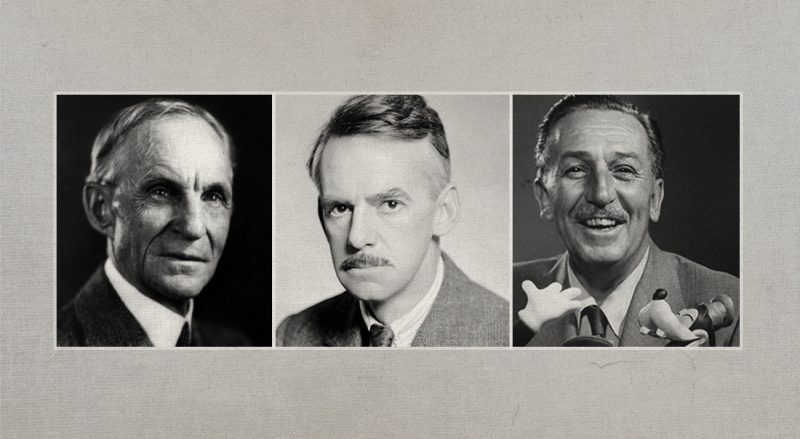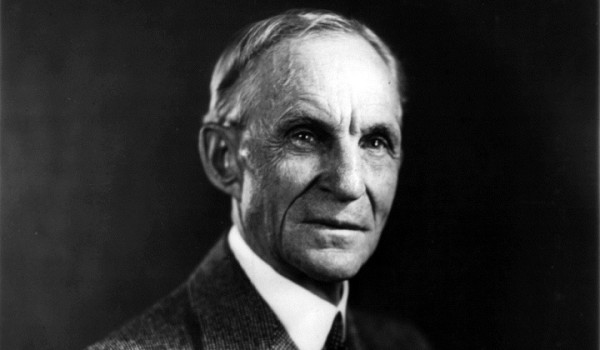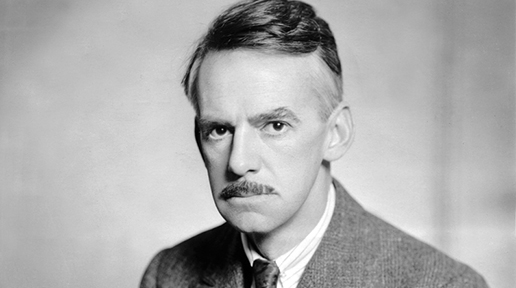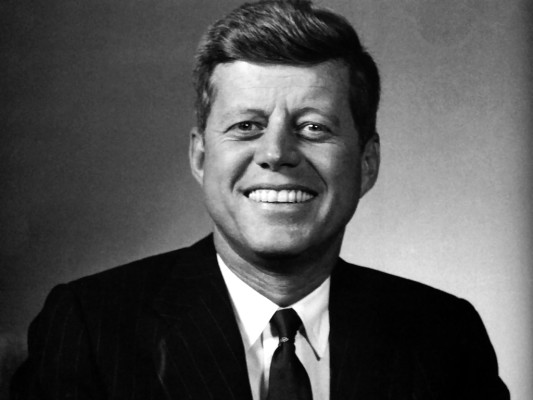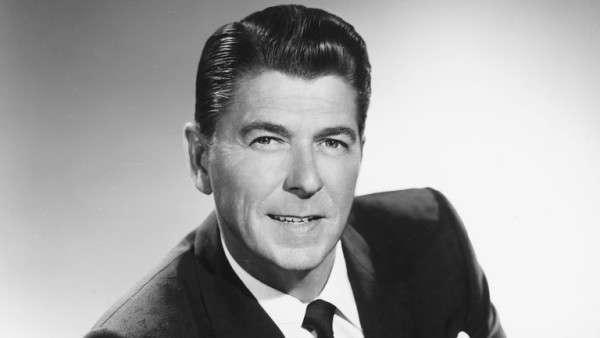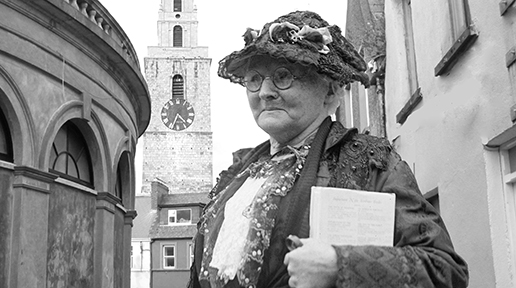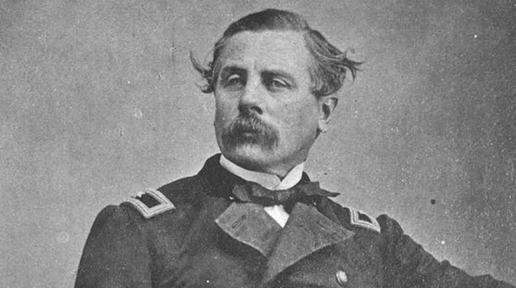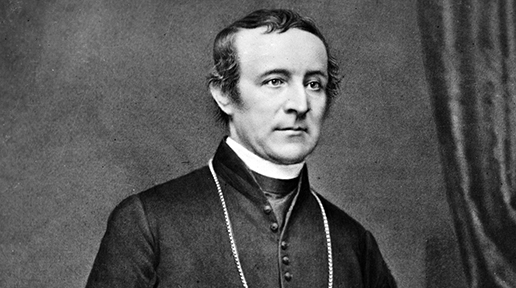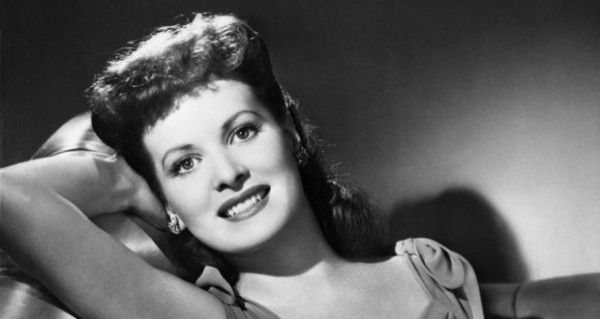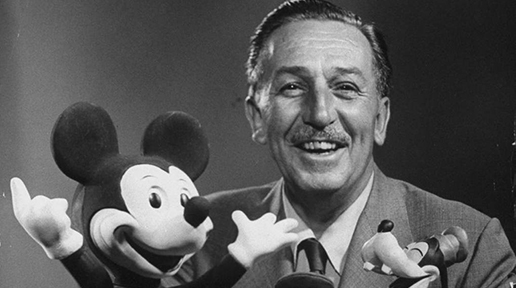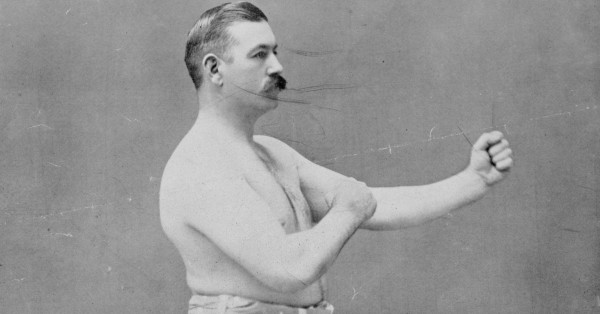Irish immigrants are part of the fabric that is the great American melting pot. Many arrived in America during the early to mid-1800s, following the Great Irish Famine. Important Irish people in the US include many leading entertainers, renowned authors, revolutionary leaders and eminent politicians.
Henry Ford
The man who invented the assembly line, driving, highways, suburbs, and transportation generally and manufactured the first automobile that many middle-class Americans could afford. As a result, Ford sold millions of cars and became a world-famous company head. Son of an Irish immigrant who married during the American Civil War. Henry’s father John emigrated to America after being evicted from Cork in 1847.
Eugene O’Neill
An American playwright and Nobel laureate in Literature. His poetically titled plays were among the first to introduce into American drama techniques of realism. O’Neill’s plays were among the first to include speeches in American vernacular and involve characters on the fringes of society. After winning the Nobel Prize for Literature in 1936, O’Neill turned his back on Broadway; he turned instead to the past, to his family’s passage from Irish peasant to Nobel laureate. It is during these years that he wrote the Irish masterpieces, The Iceman Cometh, Long Day’s Journey Into Night, and Moon for the Misbegotten, the work for which he would be remembered. In 1944, he put his pencil down and never wrote again.
John F. Kennedy
Born in East Boston and educated at Harvard, Kennedy began his swift climb to fortune as a bank president. He quickly amassed millions in the pre-Depression stock market. After the Crash of 1929, power shifted from Wall Street to Washington, and Kennedy made himself a confidante of President Roosevelt. Roosevelt named him chairman of the newly formed Securities and Exchange Commission (SEC) in 1934, and in 1937, Ambassador to England. The first Irish Catholic Ambassador to the Court of St. James, Kennedy served in that role until 1940. Rumors that he favored appeasement soured his relationship with Roosevelt and dimmed his own political career. But Kennedy’s ambitions never faltered. He turned his attention to his sons, three of whom became United States senators and one, the 35th President.
Ronald Reagan
A former actor and California governor served as the 40th U.S. president from 1981 to 1989. Raised in small-town Illinois, he became a Hollywood actor in his 20s and later served as the Republican governor of California from 1967 to 1975. Dubbed the Great Communicator, the affable Reagan became a popular two-term president. He cut taxes, increased defense spending, negotiated a nuclear arms reduction agreement with the Soviets and is credited with helping to bring a quicker end to the Cold War. Reagan hushed up his Irish roots and even asked the Irish Ambassador to Washington to keep his Celtic heritage secret because he was terrified it would ruin his political career.
Mary Harris “Mother” Jones
An Irish-American schoolteacher and dressmaker who became a prominent labor and community organizer. When workers were treated like pariahs for little wages, she fought so bravely on their behalf and helped coordinate major strikes and cofounded the Industrial Workers of the World. Jones combined dynamic speaking skills and radical organizing methods to mobilize thousands of laborers and working-class families. Mother Jones’ organizing methods were unique for her time. She welcomed African American workers and involved women and children in strikes.
Thomas Francis Meagher
Irish revolutionary leader and orator who served as a Union officer during the American Civil War. At the outbreak of the Civil War, Meagher became a captain of New York volunteers and fought at the First Battle of Bull Run (July 1861). He then organized the Irish Brigade, and in February 1862 was elevated to the rank of brigadier general. Fighting slavery in the US Civil War so bravely that Lincoln met him several times to thank him personally.
Archbishop William “Dagger” Hughes
For over twenty-five years, he shaped Catholic life in New York like no bishop before him. A figure of national prominence, he exercised great moral and social influence and presided over a period of explosive growth for Catholicism in New York. Through newspaper articles and public debates with Protestant ministers, he achieved national renown as a powerful Catholic spokesman. In his later years, Hughes won the nickname of “Dagger John,” a reference not only to the shape of the cross that accompanied his printed signature but also to his being a man not to be trifled with or double-crossed. Among the first to feel his wrath was the Public School Society, a Protestant organization running the city schools.
Maureen O’Hara
An Irish-American actress and singer. Born Maureen FitzSimons, on August 17, 1920, in Ranelagh, Ireland, Maureen O’Hara is a Hollywood actress who was paired with Hollywood’s leading men. The famously red-headed O’Hara was known for her beauty and playing fiercely passionate but sensible heroines, often in westerns and adventure films. She worked on numerous occasions with director John Ford and longtime friend John Wayne and was one of the last surviving stars from the Golden Age of Hollywood. “The Quiet Man” will always be a classic.
Walt Disney
A cultural icon. A folk hero of the 20th century. Born on December 5, 1901, at 2156 North Tripp Avenue in Chicago’s Hermosa community area to Elias Charles Disney, who was Irish-Canadian, and Flora Call Disney, who was of German and English descent. Walt had very early interests in art, he would often sell drawings to neighbors to make extra money. His worldwide popularity was based upon the ideals which his name represents: imagination, optimism, creation, and self-made success in the American tradition. He is particularly noted for being a film producer and a popular showman, as well as an innovator in animation and theme park design. He and his staff created numerous famous fictional characters including Mickey Mouse, Donald Duck, and Goofy. Disney himself was the original voice for Mickey. Disney began television production in 1954 and was among the first to present full-color programming with his Wonderful World of Color in 1961. He won 22 Academy Awards during his lifetime and was the founder of theme parks Disneyland and Walt Disney World.
John L. Sullivan
Also known as the Boston Strong Boy, John L Sullivan was a son of Irish immigrants. One night, in the Dudley Street Opera House, he made his name when he knocked a professional fighter into the orchestra pit and boldly announced to the crowd, “My name is John L. Sullivan and I can lick any man in the house.” Three years later, Sullivan knocked up Paddy Ryan in eleven minutes and declared himself – champion of the world. Then he did what no man had ever done before: he challenged America, offering a thousand dollars to any man, anywhere, who could stay on his feet for four rounds. And wherever he went, the Irish came out to cheer him. He held the heavyweight title for ten years 1882-1892 and was the last bare-knuckle champion as well as the first gloved champion.
